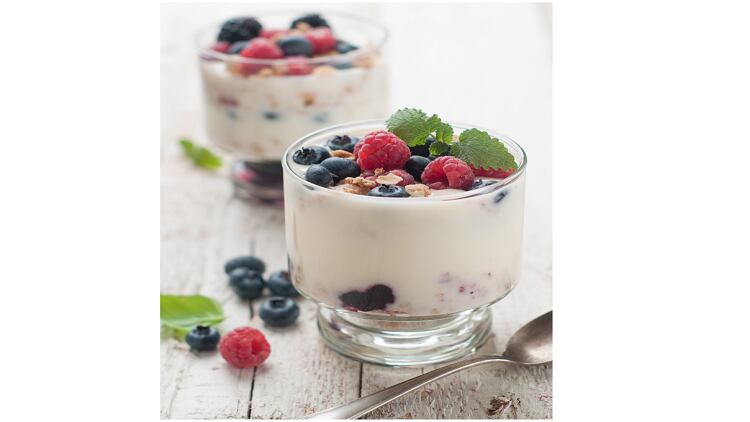As more companies move into the clean label eating space, FoodNavigator-Asia spoke to Eric Weisser, the innovation director (APAC) at Ingredion to find out their plans for future innovation.
To further meet consumers’ demand for clean label products, he said the firm was exploring food preparation of different ethnic groups and even home-style cooking for potential innovation.
“We will look in the ethnic eating and home-style cooking and how we take some of those we find and provide it to customers.”
“Some cultures might have ways of preserving food through their traditional cooking technique. They have found ingredients that provide the ability for preservation.”
“So what is special about that? It is clean and it is part of nature. How do we find out the functional ingredients that are in it and how we take those functional ingredients and make them more accessible to food manufacturers…That’s the direction the business is taking.”
An example of a clean label product that the firm has produced is the multifunctional rice flours that provide a creamy texture and opaque appearance in baby food and soups, hence providing an authentic eating experience for consumers.
As many key food ingredients are still heavily chemically processed, he pointed out that there are huge opportunities for the clean label market.
These key food ingredients include emulsifiers, texturisers and preservatives used in packaged food.
While innovation could occur in multiple directions, achieving success in the food business ultimately lies in two basic principles.
“Taste and texture will always remain king,” he stressed.
Regional trends
Within APAC, New Zealand and Australia are at the forefront of the clean label product innovation.
“In Australia, we see it more broadly across segments, such as dairy, sauces, ready meals,” Weisser said.
The South East Asia (SEA) is quickly catching up, with 8 in 10 consumers believing that having a familiar and simple ingredient list is important to them, as shown by a survey conducted by the firm.
Demand for clean label ingredients is seeing growth mainly in the dairy, sauces, and bakery filling segments.
This demand is fuelled by growing affluence and social media exposure driving focus on health and wellness.
As for China, 70% of the consumers said they would switch a brand if they could get a “Natural” or “No-artificial ingredients” claim on their label.
Application wise, the clean label movement in China is skewed towards baby food and dairy, mainly due to the result of a melamine milk scandal 10 years ago.
“In China we see a much more just in dairy, because that’s where the market segment sees the need that I want transparency, I want something that is clean,” Weisser said.
Elsewhere in Japan, the demand for clean label product is somewhat subtle.
Only about 40% of Japanese consumers are willing to switch brands for clean label claims.
“They like things which are very white, very clear, so there is a cultural affinity for certain sorts of product. Natural for them has a different connotation than say natural in Australia, which is really what things look like at home.”
“In addition, we see that consumers have a high degree of trust in their food, so food quality (and labelling) is not a concern to them.”
Product growth
Over the last 18 months, Ingredion had launched 15 to 20 clean label products globally.
Looking back on the clean label journey thus far, the firm has moved from launching starch based to flour based products to providing food labelling and textures preferred by consumers.
“Historically, we have launched products which are starch based, and we have moved to things which are also flour-based (such as tapioca and rice flour). We are able to provide the same functionality in a flour as per starch and different texture benefits.”
“With the move to people wanting more home-style products and things that they will make at home, we can provide that with the flour.”
The firm is also undergoing an evolution from producing thickeners to other functional ingredients, and the next generation texturizers.




